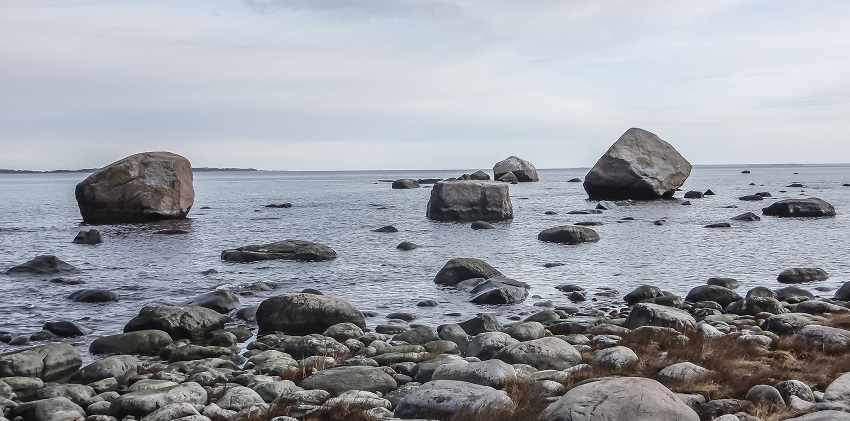The IUCN identifies and maps the world’s major environmental conservation challenges and develops measures to address or mitigate them
The International Union for Conservation of Nature (IUCN) is an international organisation established in 1948 to promote nature conservation and the ecologically sustainable use of natural resources. The union brings together national governments, non-governmental organisations, and international organisations.
Today, the IUCN has more than a thousand members and is the largest nature and environmental organisation in the world.
Many different scientists and experts work hand in hand at the International Union for Conservation of Nature. In its activities, the union is guided by three aspects: the members, the global network of branches, and the six scientific commissions:
- Species Survival Commission (SSC);
- World Commission on Protected Areas (WCPA);
- Commission on Ecosystem Management (CEM);
- World Commission on Environmental Law (WCEL);
- Commission on Education and Communication (CEC);
- Commission on Environmental, Economic, and Social Policy (CEESP)

The IUCN has a very important role to play in guiding nature conservation. The organisation identifies and maps the world’s major environmental conservation challenges and develops measures to address or mitigate them. For example, at the initiative of the IUCN, Red Lists on species and assessments of the status of species and habitats began to be compiled in 1966. All global nature conservation agreements (Ramsar Convention, CITES, etc.) also originated in this organisation.
The International Union for Conservation of Nature is also contributing to the implementation of the Paris Climate Agreement [1]. According to the latest IUCN report, climate change threatens one in four UNESCO World Heritage Sites. At the same time, the rate of their destruction is increasing due to global warming. Glaciers and coral reefs are most endangered.
Estonia joined the IUCN in 2007. In addition to the Estonian state, the Estonian Fund for Nature is also a member of the International Union for Conservation of Nature.
Last modified: 29.06.2022
_________________